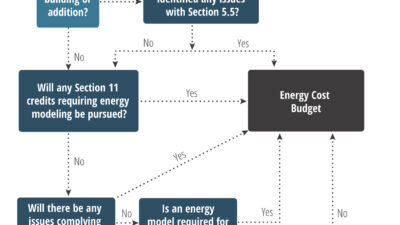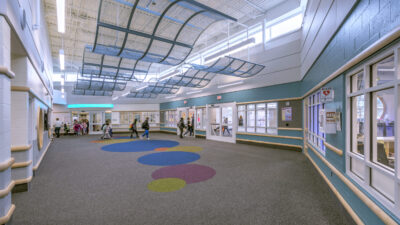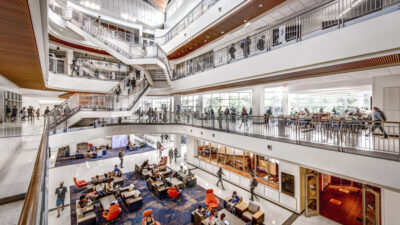COVID-19 affected engineers and building professionals’ designs in many ways, such as codes and standards

Participants:
- Matt Goss, PE, PMP, CEM, CEA, CDSM, LEEP AP, Senior Vice President – MEP/Energy Practice Leader, CDM Smith, Latham, N.Y.
- Richard Heim, PE, LEED AP, Project Manager, RMF Engineering, Baltimore
- Sean Lawler, PE, LEED AP, Principal, Project Manager, Affiliated Engineers Inc., Seattle
- RA McNutt, PE, Mechanical Engineer, Lockwood Andrews & Newnam Inc. (LAN) Dallas
- Kevin Miller, PE, LEED AP, Principal, Certus Consulting Engineers, Carrollton, Texas
Please explain some of the codes, standards and guidelines that have impacted design or been brought to the forefront during COVID-19.
Richard Heim: ASHRAE has published significant documentation with guidance for building operation as well as for building reopening. This has provided direction on what options might be available with existing systems as well as recommendations for how to operate each system.
What are some best practices to ensure that buildings meet and exceed codes and standards?
Matt Goss: Begin with the end in mind. Identify all of the code and standards requirements and develop comprehensive design strategies to address requirements and standards. Then, simulate and model building performance and operations to anticipate building performance.
Richard Heim: An early understanding of the current codes and standards is key. Designing systems with some level of flexibility is also important as it allows the system the potential to meet codes or standards if they become more stringent.
What new or updated code, standard, guideline organization or association do you feel will change the way projects are designed, bid out or built?
Matt Goss: ASHRAE will continue to push for improvements and advancements in codes and standards. I continue to expect improvements in requirements for energy efficiency, commissioning and building ventilation.
Kevin Miller: ASHRAE has issued several position papers over the past year. I believe that they will make official revisions to standards such as ASHRAE 170 in the near future, which will be adopted by Centers for Medicare & Medicaid and federal and state health and human services. It is imperative that the engineering community stay engaged in the discussions on revising and updating these standards.
What are some of the biggest challenges when considering code compliance and designing or working with existing buildings?
Richard Heim: Existing buildings often have limitations. They mainly relate to space, whereas an existing system would not be used, but due to space requirements for the new system, both for the central equipment and the distribution require more space and disruption to the building than replacing the existing system in kind. This pushes engineers to think creatively on how to satisfy the code requirements with limiting the impact on the building.
Kevin Miller: In many states, disaster declarations are still in place, which temporarily repeal some code sections. Be careful about the “do the best we can” mentality. Yes, it is an emergency situation. However, we must always still consider basic hospital and life safety code compliance. We have an obligation to keep all occupants safe. We as engineers cannot lose sight of that focusing only on the pandemic suite.



